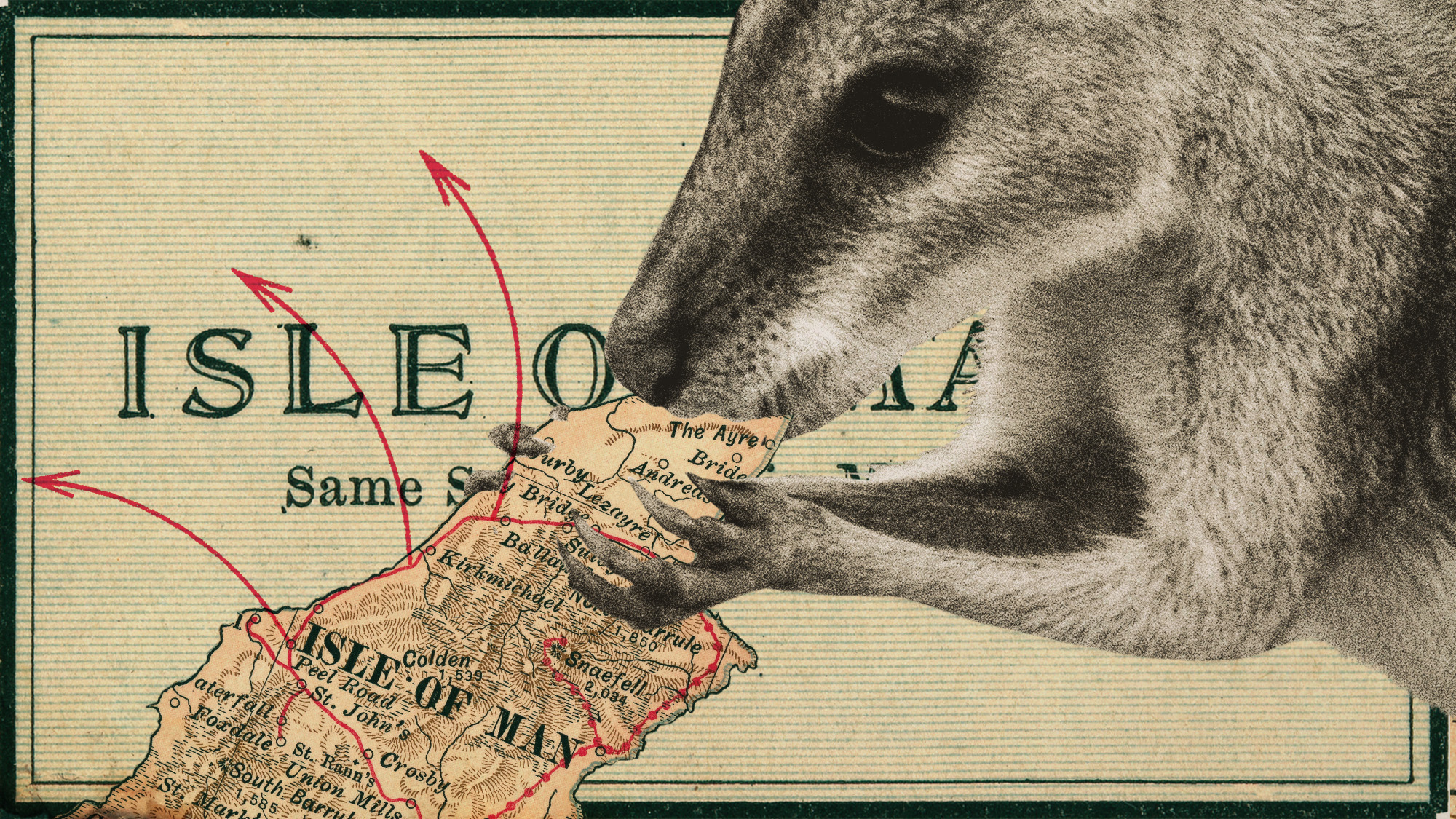When and how could humans talk to animals?
We may be getting closer than we think


We have yet to overcome the communication barrier between humans and animals, but we may be getting closer by the day.
How could we talk to animals?
The key to understanding animal language could be artificial intelligence (AI), according to experts. “The emergence of powerful AI algorithms, and specifically Large Language Models,” has made researchers more hopeful in communicating across species, explained an essay published in the journal Current Biology. However, there are some areas of difficulty in navigating the task.
The large language model would have to use the animal's own communicative signals in a variety of contexts and produce "a measurable response to it as if it were communicating with a conspecific and not a machine.” Animals communicate very differently than humans, and “we tend to believe that what we cannot observe does not exist … because our sense of hearing is relatively weak compared to other species,” Karin Bakker, professor at the University of British Columbia, told the Australian Broadcasting Company (ABC). “There's a lot of communication in nature that simply passes us by."
The Week
Escape your echo chamber. Get the facts behind the news, plus analysis from multiple perspectives.

Sign up for The Week's Free Newsletters
From our morning news briefing to a weekly Good News Newsletter, get the best of The Week delivered directly to your inbox.
From our morning news briefing to a weekly Good News Newsletter, get the best of The Week delivered directly to your inbox.
Developing animal communication requires that we stop “anthropomorphizing,” and comparing animal communities to human “umwelt,” which is the “lived experience of organisms,” Bakker told Scientific American. In order to immerse in a certain species’ communication style, researchers are turning to digital bioacoustics which “relies on very small, portable, lightweight digital recorders,” to “detect patterns in nonhuman communication,” without “the disruption that comes from introducing human observers in an ecosystem.”
Have we made any headway?
Scientists have made a number of fascinating discoveries regarding animal communication recently. They discovered that dolphins call each other by names, bat mothers speak to their young in “motherese,” and honeybees use body movements and sound to communicate. In the case of the honeybees, researchers have used computer models and AI algorithms to be “able to track individual bees, and they're able to determine what impact the communication of an individual might have on another bee,” Bakker said. “From that emerges the ability to decode honeybee language.”
Scientists took the next step in creating a RoboBee “that could enter the hive, and it would essentially emit commands that the honeybees would obey.” The experiment was only successful once but proved to be a huge step forward. “This is slowly opening our minds not only to the wonderful sounds that nonhumans make but to a fundamental set of questions about the so-called divide between humans and nonhumans, our relationship to other species.”
These types of discoveries can help humans understand animals, which can have larger implications. “The point is not really to talk to animals, the point is to understand them,” said Aza Raskin, co-founder of the Center for Humane Technology and the Earth Species Project, per Axios. “When this becomes the thing that the entire world sees … suddenly I think we can accelerate and be a force multiplier for every other conservation and climate action out there."
A free daily email with the biggest news stories of the day – and the best features from TheWeek.com
What are potential implications?
The ability to communicate with and understand other species could be monumental in shaping our collective environmental knowledge. “Understanding what animals say is the first step to giving other species on the planet ‘a voice’ in conversations on our environment,” Kay Firth-Butterfield, the World Economic Forum’s head of AI and machine learning, told Popular Mechanics. Communication with animals could aid conservation efforts, transforming our relationship with nature. “With this progress, we anticipate that we are moving rapidly toward a world in which two-way communication with another species is likely.”
But this progress also raises a number of philosophical and ethical questions. “We're assuming other species want to talk to us," remarked Raskin, especially if the animals realize they are not speaking to one of their own. In addition, this technology could be a Pandora’s box potentially used to increase poaching and other destructive measures. “Advanced bioacoustic technologies could be used to exploit animals that haven't previously been domesticated by humans,” prompting “a whole new world of control,” wrote ABC.
Devika Rao has worked as a staff writer at The Week since 2022, covering science, the environment, climate and business. She previously worked as a policy associate for a nonprofit organization advocating for environmental action from a business perspective.
-
 Crest falling: Mount Rainier and 4 other mountains are losing height
Crest falling: Mount Rainier and 4 other mountains are losing heightUnder the radar Its peak elevation is approximately 20 feet lower than it once was
-
 Death toll from Southeast Asia storms tops 1,000
Death toll from Southeast Asia storms tops 1,000speed read Catastrophic floods and landslides have struck Sri Lanka, Indonesia, Thailand and Malaysia
-
 Can for-profit geoengineering put a pause on climate change?
Can for-profit geoengineering put a pause on climate change?In the Spotlight Stardust Solutions wants to dim the sun. Scientists are worried.
-
 How will climate change affect the UK?
How will climate change affect the UK?The Explainer Met Office projections show the UK getting substantially warmer and wetter – with more extreme weather events
-
 Can the UK do more on climate change?
Can the UK do more on climate change?Today's Big Question Labour has shown leadership in the face of fraying international consensus, but must show the public their green mission is ‘a net benefit, not a net cost’
-
 The UK’s surprising ‘wallaby boom’
The UK’s surprising ‘wallaby boom’Under the Radar The Australian marsupial has ‘colonised’ the Isle of Man and is now making regular appearances on the UK mainland
-
 Did Cop30 fulfil its promise to Indigenous Brazilians?
Did Cop30 fulfil its promise to Indigenous Brazilians?Today’s Big Question Brazilian president approves 10 new protected territories, following ‘unprecedented’ Indigenous presence at conference, both as delegates and protesters
-
 Can the world adapt to climate change?
Can the world adapt to climate change?Today's Big Question As the world gets hotter, COP30 leaders consider resilience efforts



